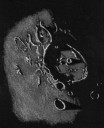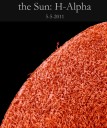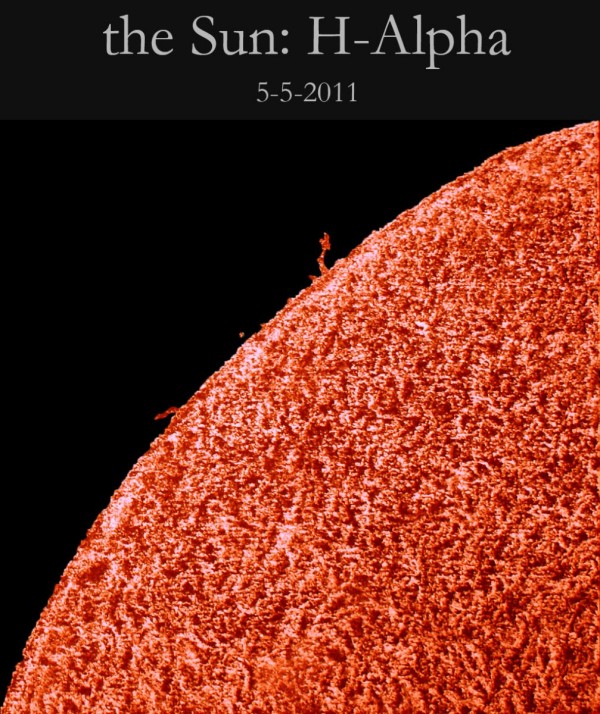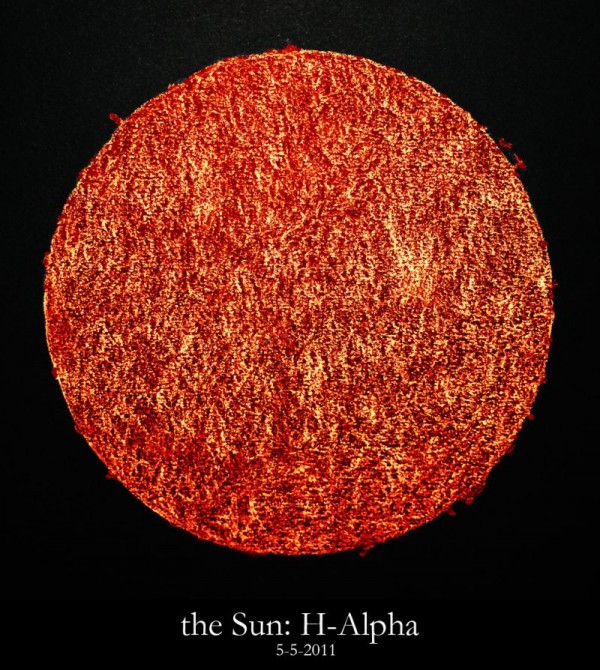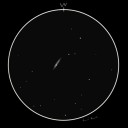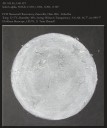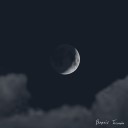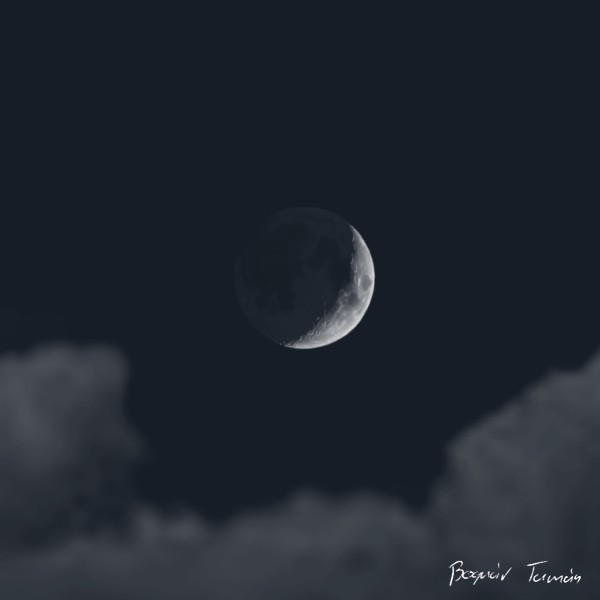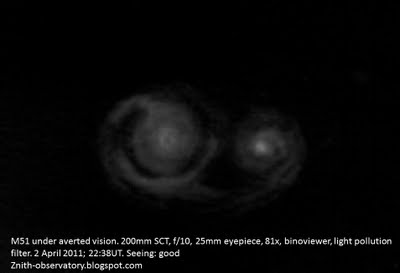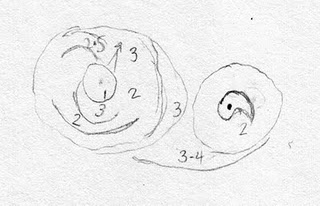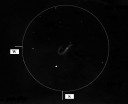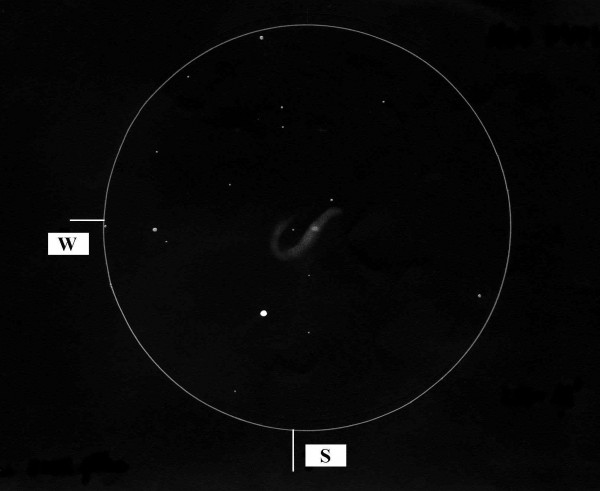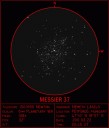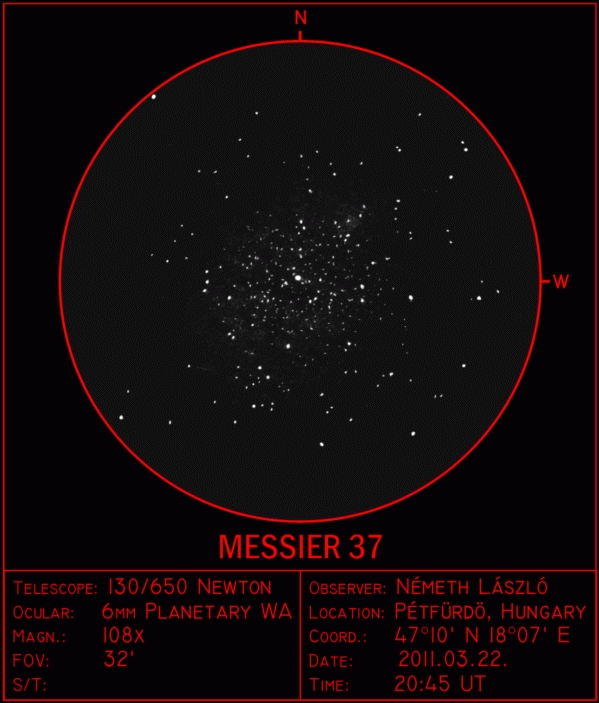Craters Posidonius at Sunrise
A rare clear evening this spring got me to the eyepiece of my scope to view and sketch the moon. The Apollo 11 landing site was just receiving first light as was crater Posidonius some distance to the south. I have sketched Posidonius at sunset but never at sunrise and this was my opportunity.
The narrow sharp edge wall of 95 km. diameter Posidonius was reflecting much light at the time of this observation. The floor fractures were not well illuminated at the time of this viewing but the central crater A (11 km.) was prominent. Posidonius is an Upper Imbrian period crater that formed by impact at the time lava flooding was occurring in Mare Serenitatis.
Other craters visible at the time of this sketch include from south to north Chacornac (51 km.), on the north rim of Posidonius you see partly illuminated Posidonius B (14 km.), then J (22km.), M (10 km.), Daniell (26km.), and P (15 km.) out beyond the terminator shadow.
Sketching Information
Posidonius crater on ebony black Canson paper using white and black Conte’ pastel pencils
Sketch Date: May 8, 2011, using a 10 inch f/5.7 Dobsonian telescope riding on an equatorial platform with a 6mm eyepiece for 241x at 01:15-02:30 UT
Seeing: Antoniadi III
Weather clear, breezy, 55 degrees F (12 degrees C)
Lunation 4.8 days
Moon 21.5% illuminated
Colongitude 331.6°
Rükl Atlas Pl 14
Frank McCabe
